Cause of death Heart attack Name Gerard Kuiper Books Earth As a Planet | Years active 1933–1973 Nationality Dutch–American | |
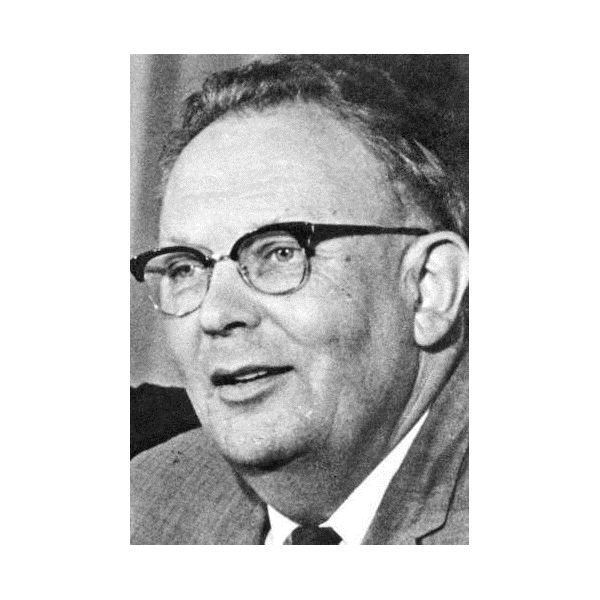 | ||
Full Name Gerrit Pieter Kuiper Alma mater Leiden University(Bachelor of Science, Master of Science, Master of Physics, Doctor of Philosophy, Doctor of Science) Occupation AstronomerPlanetary scientistSelenographerAuthorProfessor Spouse(s) Sarah Fuller (1936–1973; his death) Similar People Carl Sagan, Edward Condon, Ann Druyan, Mert Rich, Barra Grant | ||
20180806 - Ken Bertin - Jan Oort and Gerard Kuiper
OTD in Space – February 16: Gerard Kuiper Discovers Uranus' Moon Miranda
Gerard Peter Kuiper ( ; [ˈkœypər]; born Gerrit Pieter Kuiper; December 7, 1905 – December 23, 1973) was a Dutch–American astronomer, planetary scientist, selenographer, author and professor. He is the eponymous namesake of the Kuiper belt. Kuiper is considered by many to be the father of modern planetary science. As professor at the University of Chicago, he was dissertation advisor to Carl Sagan. In 1958, the two worked on the classified military Project A119, the secret Air Force plan to detonate a nuclear warhead on the Moon.
Contents
- 20180806 Ken Bertin Jan Oort and Gerard Kuiper
- OTD in Space February 16 Gerard Kuiper Discovers Uranus Moon Miranda
- Early life
- Discoveries
- Honors
- References
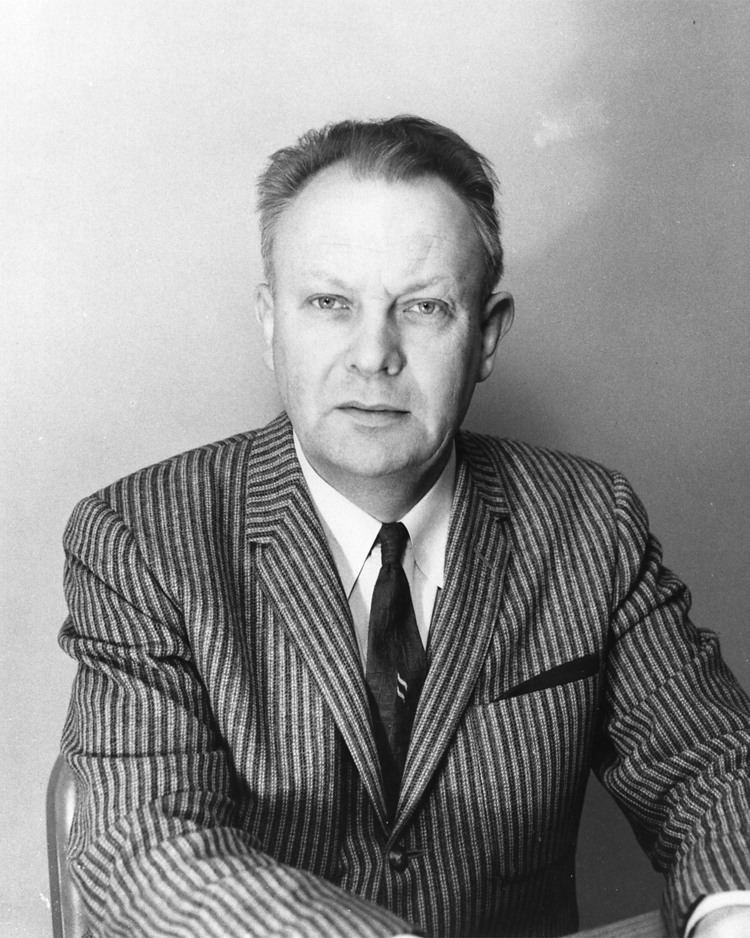
Early life

Kuiper, the son of a tailor in the village of Harenkarspel in North Holland, had an early interest in astronomy. He had extraordinarily sharp eyesight, allowing him to see magnitude 7.5 stars with the naked eye, about four times fainter than visible to normal eyes. He went to study at Leiden University in 1924, where at the time a very large number of astronomers had congregated. He befriended fellow students Bart Bok and Pieter Oosterhoff and was taught by Ejnar Hertzsprung, Antonie Pannekoek, Willem de Sitter, Jan Woltjer, Jan Oort and the physicist Paul Ehrenfest. He received his B.Sc. in Astronomy in 1927 and continued straight on with his graduate studies. Kuiper finished his doctoral thesis on binary stars with Hertzsprung in 1933, after which he traveled to California to become a fellow under Robert Grant Aitken at the Lick Observatory. In 1935 he left to work at the Harvard College Observatory where he met Sarah Parker Fuller, whom he married on June 20, 1936. Although he had planned to move to Java to work at the Bosscha Observatory, he took a position at the Yerkes Observatory of the University of Chicago and became an American citizen in 1937. In 1949, Kuiper initiated the Yerkes–McDonald asteroid survey (1950–1952).
Discoveries
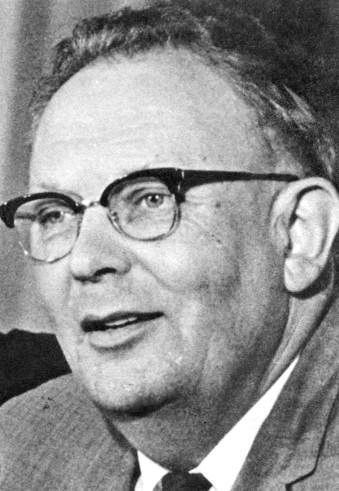
Kuiper discovered two natural satellites of planets in the Solar System, namely Uranus's satellite Miranda and Neptune's satellite Nereid. In addition, he discovered carbon dioxide in the atmosphere of Mars and the existence of a methane-laced atmosphere above Saturn's satellite Titan in 1944. Kuiper also pioneered airborne infrared observing using a Convair 990 aircraft in the 1960s.
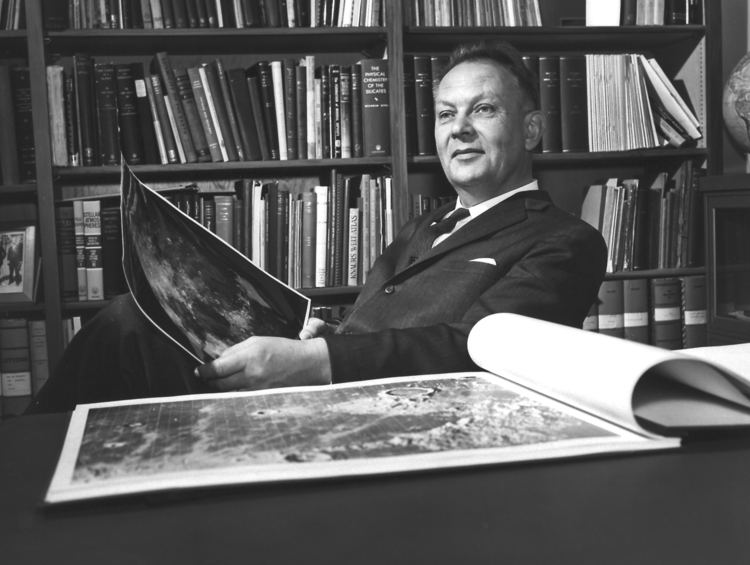
Kuiper spent most of his career at the University of Chicago, but moved to Tucson, Arizona, in 1960 to found the Lunar and Planetary Laboratory at the University of Arizona. Kuiper was the laboratory's director until his death in 1973 while on vacation with his wife in Mexico. One of the three buildings at Arizona that makes up the LPL is named in his honor.
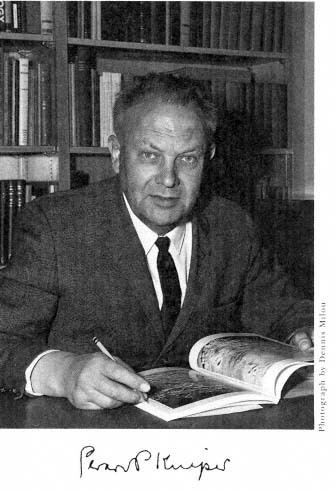
In the 1960s, Kuiper helped identify landing sites on the Moon for the Apollo program. His earlier work on the Moon included the secret Project A119, which was disclosed by Carl Sagan, who was his PhD student at the time of the project.
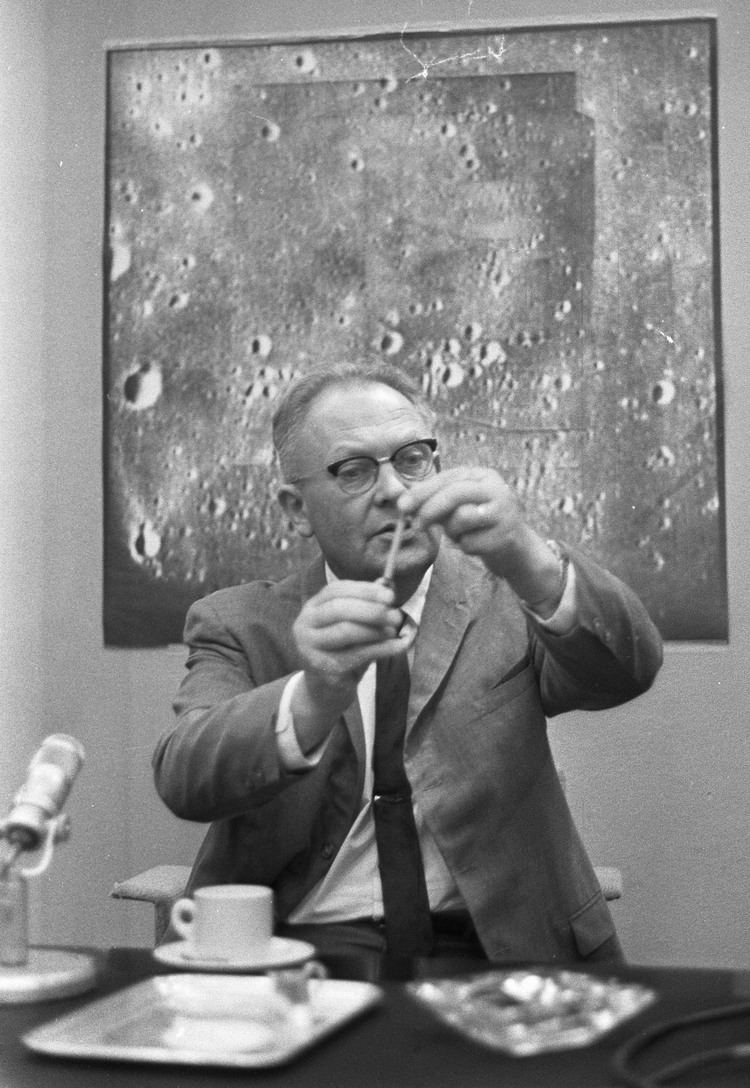
Kuiper discovered several binary stars which received "Kuiper numbers" to identify them, such as KUI 79.
Honors
Besides the minor planet 1776 Kuiper, three craters (Mercurian, lunar and Martian) and the now-decommissioned Kuiper Airborne Observatory was also named after him.
Astronomers refer to a region of minor planets beyond Neptune as the "Kuiper belt", since Kuiper had suggested that such small planets or comets may have formed there. However he believed that such objects would have been swept clear by planetary gravitational perturbations so that none or few would exist there today.
The Kuiper Prize, named in his honor, is the most distinguished award given by the American Astronomical Society's Division for Planetary Sciences, an international society of professional planetary scientists. The prize recognizes outstanding contributors to planetary science, and is awarded annually to scientists whose lifetime achievements have most advanced our understanding of planetary systems. Winners of this award include Carl Sagan, James Van Allen, and Eugene Shoemaker.
